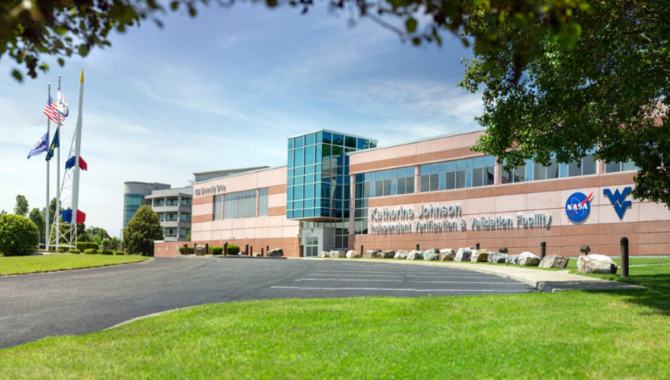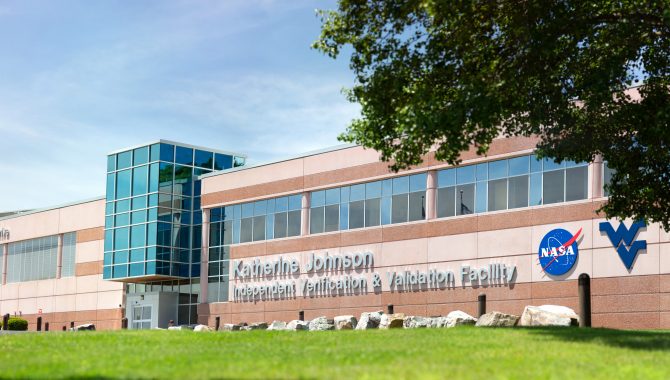
This SharePoint site is the NASA IV&V Program’s content management system (replacing ECM in 2024), providing a centralized location for organizing and storing documents and other content that relates to the Program’s processes and activities.

This SharePoint site is the NASA IV&V Program’s content management system (replacing ECM in 2024), providing a centralized location for organizing and storing documents and other content that relates to the Program’s processes and activities.

NASA Independent Verification and Validation Program Director Greg Blaney discusses the impact of IV&V on high-profile NASA missions.

Video recordings (presentation audio) of Tech Discussions, Monday Workshops, Training sessions (technical concepts, tool training, etc.). Recordings are logged and posted for future viewing.

Weekly IV&V Tech Discussions are for NASA IV&V employees to share practical topics related to technical work (e.g. “how to use this tool,” “how to do this analysis,” “what we learned from our experiences on xyz”). The focus is topics that our analysis teams can use right now, or need to be made aware of, […]

Monday Workshops provide a forum for knowledge sharing within the IV&V community to maximize our experiences and raise the effectiveness of the organization as a whole. These will tend to be oriented towards information sharing and future needs as opposed to current needs, but not exclusively. 60 minutes. Open to the entire IV&V Program.

TQ&E (Technical Quality and Excellence) Checkpoint Reviews are typically held to provide additional insight, suggestions, and recommendations to projects as they are preparing for an upcoming milestone. TQ&E will assemble a panel to review the materials developed and provide feedback based on the Checkpoint Objectives that projects or groups define themselves.

A retrospective is an opportunity to learn and improve. It is time set aside – outside of day-to-day routine – to reflect on past events and behaviors. Retrospectives are conducted within project teams (technical and non-technical).

Heritage Reviews are performed as part of IV&V Project Initiation. Heritage reviews are intended to: (1) Ensure faults do not cascade from one project to another through inheritance or reuse of hardware interfaces and software. (2) Promote IV&V team understanding of previous faults, past developer assumptions, and on-orbit anomaly impacts, supporting a more complete scoping […]